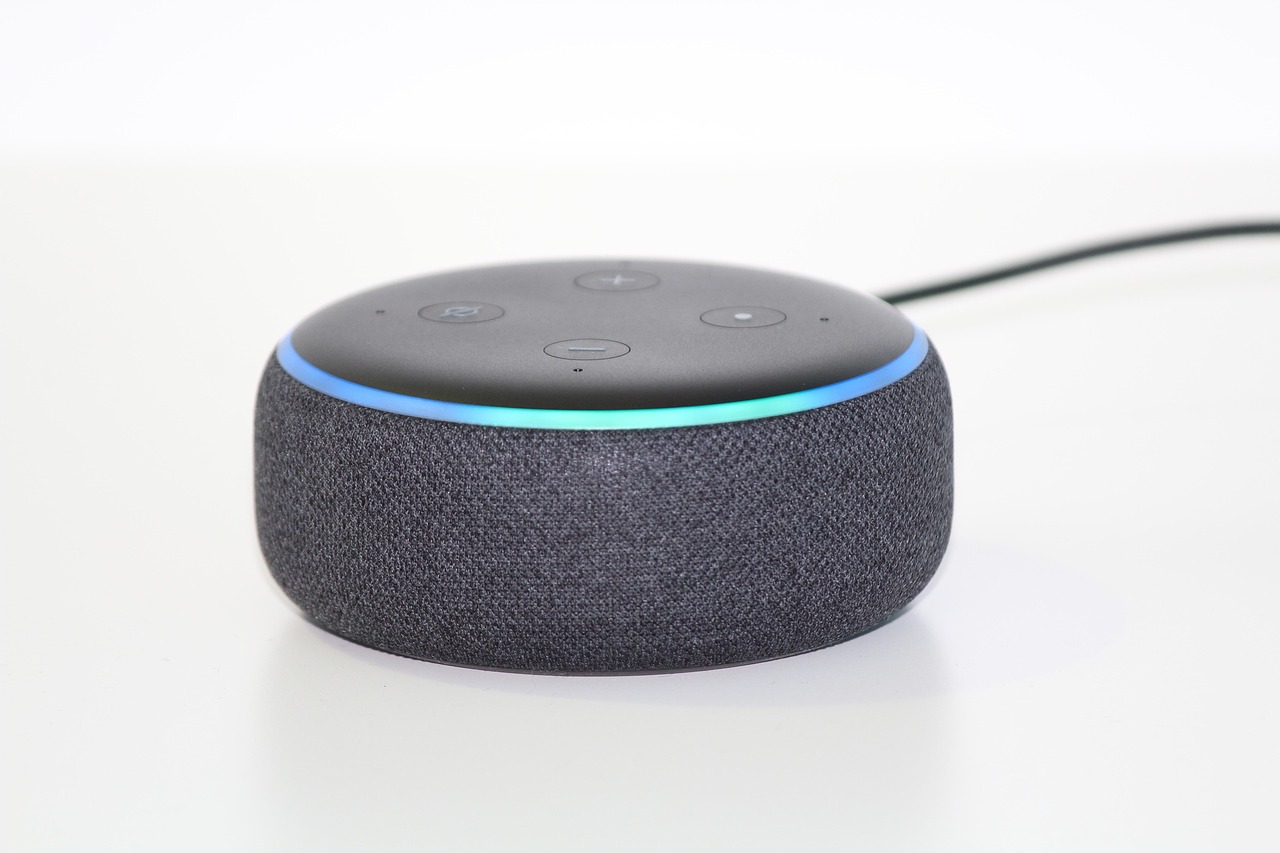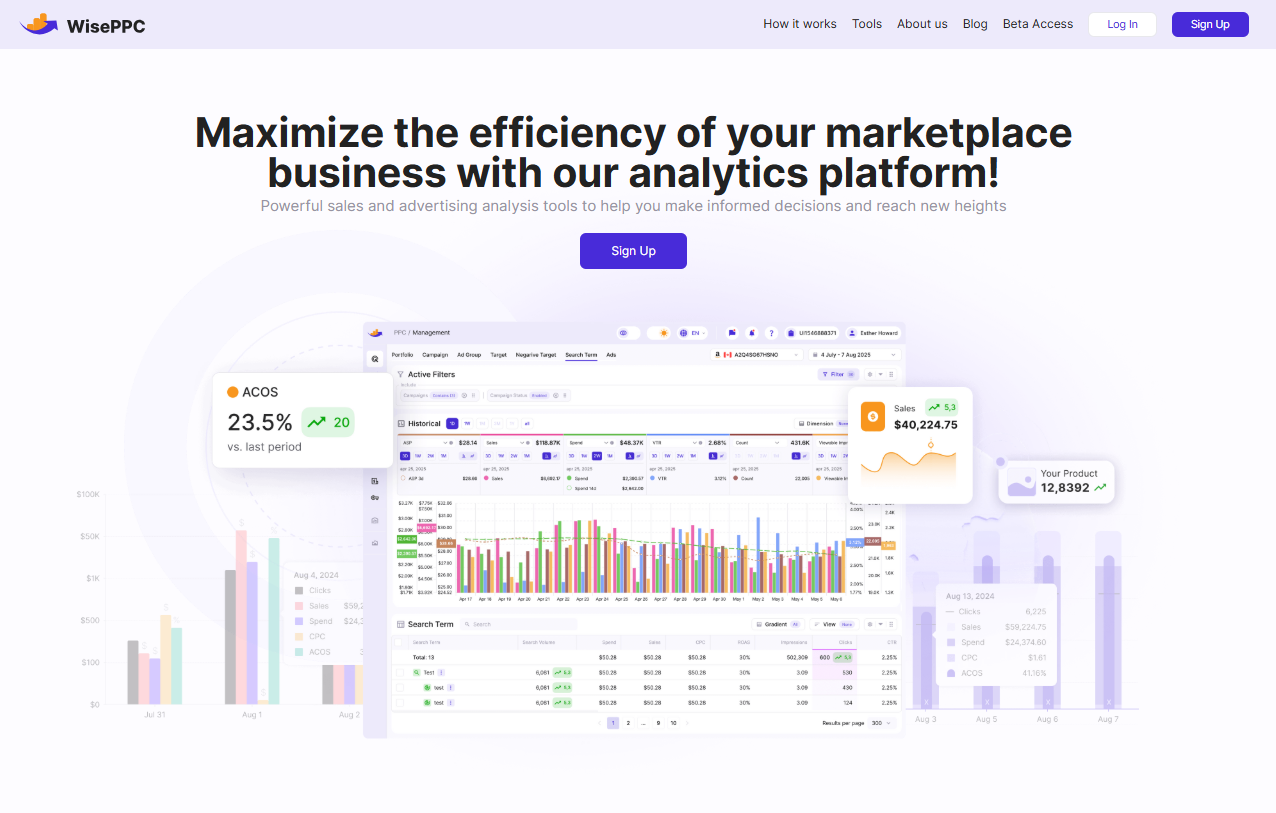Is Amazon Prime Worth It: A Real Look at What You’re Paying For
Let’s just call it like it is – Amazon Prime isn’t exactly cheap. At $139 a year (or $14.99 a month), it’s one of those subscriptions that makes you stop and ask, “Do I really use this enough to make it worth it?” For some people, it’s a no-brainer. For others? Not so much.
So if you’re on the fence in 2025, wondering whether Prime is still pulling its weight, you’re definitely not the only one. With all the shipping perks, streaming, and extras bundled in, there’s a lot going on. But does it actually make your life better or is it just another line on your bank statement?
Let’s break it down and see what you’re really getting.
What Amazon Prime Costs in 2025
Prime pricing isn’t one-size-fits-all anymore. Here’s where it stands:
- Standard: $14.99/month or $139/year.
- Prime Access: $6.99/month (for people on SNAP, Medicaid, etc.).
- Young Adults (18–24): $7.49/month or $69/year (no .edu email needed).
- Prime Video Only: $8.99/month (streaming only, no shipping perks).
You still get a 30-day free trial if you’re new. Just don’t forget to cancel if you’re not sold, because Amazon will definitely charge you once that trial wraps up.

Where Prime Actually Delivers Value
Alright, so is Prime worth it? Depends on what you use. Some perks are front and center – others are easy to overlook.
1. Fast, Free Shipping
This is the main event for most people. You get:
- Two-day delivery on tons of stuff.
- Same-day or next-day in a lot of cities.
- Free release-day delivery on pre-orders.
- Free international shipping on eligible orders over $49.
If you’re ordering random things regularly – like batteries, toothpaste, or replacement phone chargers – this alone might make the cost worth it.
2. Prime Video
Prime Video’s come a long way. You’ll get access to:
- Amazon Originals (think The Summer I Turned Pretty, Jack Ryan, Reacher).
- Live sports, like Thursday Night Football.
- Optional add-on channels like Max, MGM+, or Crunchyroll (not free, though).
It’s not Netflix, and it’s not trying to be. But it’s decent if you like variety and want something in the mix.
3. Music, Books, Gaming, and Other Random Perks
These fly under the radar, but there’s value here if you’ll actually use them:
- Amazon Music (ad-free shuffle mode).
- Prime Gaming (free games, Twitch bonuses).
- Prime Reading (a rotating library of eBooks and magazines).
- First Reads (early access to Kindle titles).
- Audible Premium trial with free credits.
If you’re already spending money on Spotify, Audible, or buying Kindle books, this part can definitely save you a few bucks.
Real-Life Savings: Groceries, Gas, Takeout
Prime isn’t just about free shipping and binge-worthy shows – it’s got some everyday money-saving perks that actually make a difference. If you shop at Whole Foods or use Amazon Fresh, you’ll find extra discounts and members-only deals sprinkled throughout your cart. At the pump, Earnify gas stations knock off 10 cents per gallon just for being a Prime member, and during certain promos, you might save even more.
Then there’s Grubhub+ – it comes bundled with Prime, which means no delivery fees and fewer of those pesky service charges that sneak up at checkout. If you’re someone who fills the tank weekly or orders in once or twice a month, those savings don’t just trickle in, they stack up.
The Quiet Perks Nobody Talks About
There are also a bunch of lesser-known features baked into Prime that don’t get as much attention but quietly make your life a little smoother. With Amazon Household, you can share your Prime benefits with another adult and even add teens or kids to the mix, which is great if you’re juggling family accounts. Amazon Photos gives you unlimited photo storage (yep, really unlimited), along with some extra space for videos.
Prefer to streamline your deliveries? Amazon Day lets you choose one specific day each week to get all your packages, which cuts down on those “why is the doorbell ringing again?” moments. You can also use your Prime benefits on other brands’ websites through Buy With Prime, so that fast shipping extends beyond just Amazon. And if prescriptions are part of your monthly routine, Amazon Pharmacy and RxPass offer discounted meds and even flat-rate plans around $5 a month. None of these perks scream for attention, but once you start using them, it’s hard to imagine going without.
What’s New in 2025?
A few fresh updates worth knowing about:
- Alexa+: A premium virtual assistant (free for Prime members, $19.99/month for everyone else).
- Prime Day is bigger: It’s now a four-day event (July 8-11).
- Better one-day delivery: Now in even more areas and still expanding.
Basically, Amazon’s leaning harder into the idea of Prime being your “everything” membership. Whether that’s good or overwhelming depends on how much you use it.
Who Should Probably Skip Prime
Let’s be real – Prime isn’t a must-have for everyone. If you rarely order from Amazon, the perks might just collect dust. Same goes if you’re already neck-deep in other streaming subscriptions and never touch Prime Video. Maybe you don’t own a Kindle or an Echo, and Amazon’s ecosystem just isn’t your thing. Or maybe you simply prefer shopping local and aren’t a fan of paying for yet another subscription. In that case, there’s nothing wrong with sticking to standard free shipping when you hit that $35 minimum and calling it good. No need to force it if it doesn’t fit how you live or shop.
When Prime Can Actually Save You Money
Here’s a quick math check if you’re unsure:
- 24 Amazon orders a year x $5 shipping = $120
- Replacing one streaming service = ~$108
- Grubhub+ savings = $119
- Fuel savings = $40-ish
- Audible and other extras = ~$30+
So even if you’re not going all-in, the $139 fee can be totally worth it with just a few perks.
Try It First (Without Getting Stuck)
Amazon’s trial is pretty relaxed:
- Cancel anytime.
- If you forget and get charged but haven’t used the perks, you might still get a refund
- Already used a trial? Wait 12 months and try again.
Use that free month to test the waters – buy groceries, stream shows, play with the extras. If it’s not a fit, no harm done.
If You’re a Seller, Prime Means Something Else Entirely
Okay, now let’s talk to those of you selling on Amazon, not just shopping.
For sellers, Prime isn’t about watching shows or skipping delivery fees. It’s about performance – how visible your listings are, how fast they ship, and how competitive you look to buyers.
That’s where we come in. At WisePPC, we help sellers figure out how their ads are really performing. With tools for analytics, bid automation, and performance tracking, we give you clarity on what’s working and what’s not – so you can scale smarter, not harder.
So whether you’re just starting out or already moving serious volume, keep in mind: success on Amazon isn’t just about listing products. It’s about understanding the data behind them. And we’re here to help with that.
Final Thoughts: Is Prime Worth It?
Short answer? Only if you’re actually using it.
If you’re the kind of person who shops often, watches a few shows, orders takeout now and then, or just likes the convenience – yeah, it’s probably worth it. But if you’re barely touching any of the features, don’t feel bad about canceling. Seriously.
The smart move? Try the free trial. See what fits into your life. If it makes things easier or saves you cash, great. If not, no big deal – you can always come back later.
FAQ
1. Do I need to shop on Amazon a lot for Prime to be worth it?
Not necessarily. If you only buy once or twice a year, probably not. But if you’re placing orders semi-regularly – say, once a month or even every few weeks – it starts to make financial sense. And that’s before you factor in extras like streaming, Grubhub+, or grocery discounts. The more you use, the better the value.
2. Can I just sign up for Prime Video without the rest?
Yep, you can. Amazon offers a separate Prime Video membership for $8.99 a month if you’re only in it for the shows and movies. That said, you won’t get the other perks like fast shipping or access to Prime Day. So if you’re even mildly curious about the full experience, it might be worth trying the full trial first.
3. What happens after the 30-day trial ends?
If you don’t cancel before the 30 days are up, Amazon will automatically charge you for the next billing cycle – either the monthly or annual rate, depending on what you picked. The good news is, if you haven’t used any Prime benefits yet, customer support might still give you a refund. Just don’t push it too far.
4. Does Prime work for more than one person in a household?
It does, and this is one of those features people forget about. You can share many Prime benefits with another adult in your household through Amazon Household. Teens and kids can also be added, with parental controls. It’s a solid way to split the cost and double the value.
5. Is Amazon Prime cheaper for students or low-income users?
Yes, but there are eligibility requirements. Young adults aged 18 to 24 (you don’t need to be a student anymore) get a discount. Same goes for those on SNAP, Medicaid, or similar programs. You’ll need to upload some proof, but it’s not a huge hassle and the savings are legit.
6. Can I cancel anytime, or am I stuck for a year?
If you pay month-to-month, you can cancel whenever. If you prepaid for the year, you’re technically locked in, but Amazon is pretty reasonable. If you cancel early and haven’t used your Prime benefits much, they may offer a partial refund. Just don’t expect magic if you’ve already streamed half the catalog and ordered 20 things.
7. Is it worth it just for Prime Day?
Only if you’re ready to actually shop. Prime Day can be amazing, but it’s also chaotic. If you go in with a list and a plan, you can score major discounts. But if you’re just browsing for the sake of it, you might end up buying stuff you didn’t need. So yes, it can be worth it, but go in with intention.
Join the WisePPC Beta and Get Exclusive Access Benefits
WisePPC is now in beta — and we’re inviting a limited number of early users to join. As a beta tester, you'll get free access, lifetime perks, and a chance to help shape the product — from an Amazon Ads Verified Partner you can trust.
 No credit card required
No credit card required
 Free in beta and free extra month free after release
Free in beta and free extra month free after release
 25% off for life — limited beta offer
25% off for life — limited beta offer
 Access metrics Amazon Ads won’t show you
Access metrics Amazon Ads won’t show you
 Be part of shaping the product with your feedback
Be part of shaping the product with your feedback




